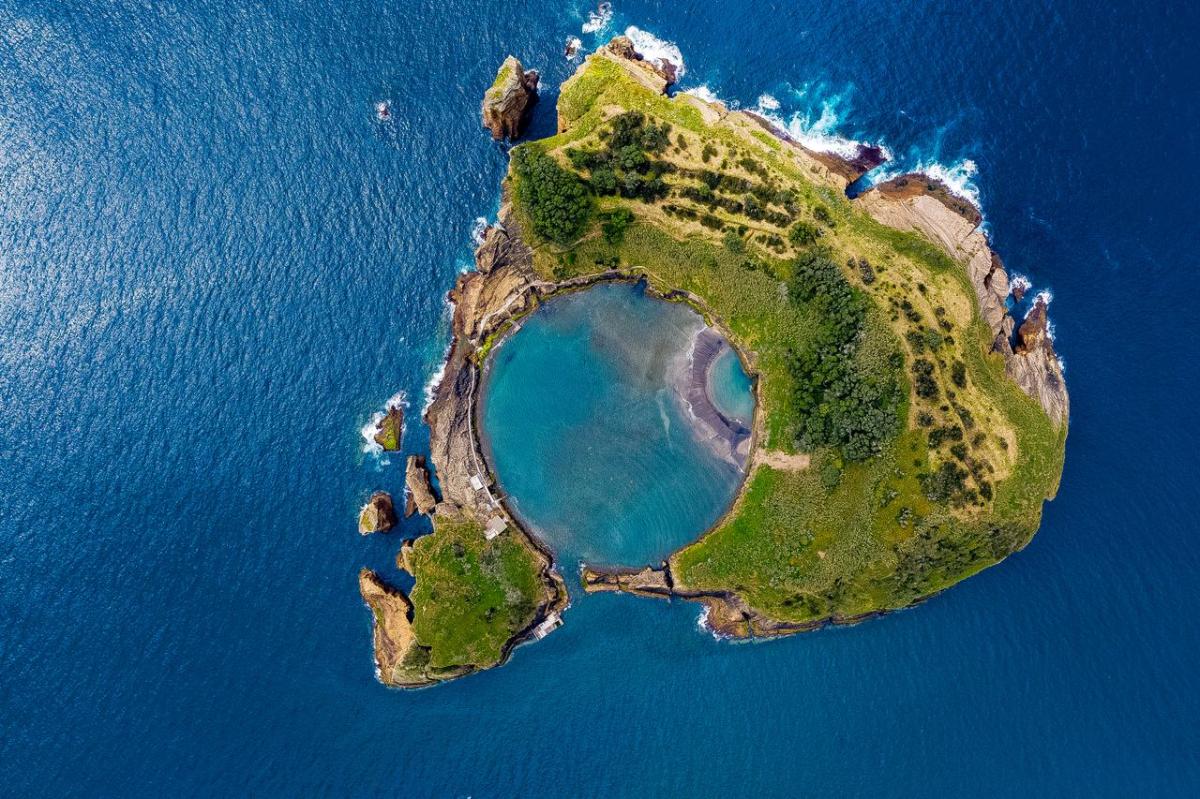Although 70% of the planet’s surface is covered by water, humans have done more research into the surface of Mars than the seabed. This means not only that this ecosystem has been ignored, but also that unknown species are likely to be living there.
Innovative and promising new technologies have been used for some time to help us to ascertain the state of health of the seas and provide solutions to the challenges facing these ecosystems.
Which problems are threatening the oceans?
More than 70% of the Earth’s surface is liquid and most of the water (96%) can be found in the oceans. Without them there would probably be no life on the planet, given that they’re crucial for the proper development of terrestrial species due to their role in regulating the earth’s climate and exchanging gases to reduce the greenhouse effect and as a source of life.
It’s important to understand the dangers facing the oceans that stem from human activity. As the conservation organisation IFAW indicates, there are five main threats:
- Noise. Noise pollution isn’t visible but, for numerous marine species, the noise caused by maritime transport and seismic prospecting poses major threats.
- Maritime collisions. Many of the animals that live underwater, including whales, are threatened by freight transport routes. Around 20,000 large cetaceans are killed each year after being hit by vessels.
- Climate change. Rising temperatures and water acidification (the seas absorb a large percentage of the excess CO2 in the atmosphere) are having a major impact on the ocean ecosystems, particularly those whose biodiversity is most sensitive, such as reefs.
- Fishing. In addition to overfishing, many sensitive and endangered species are accidentally captured by the fishing industry or caught in nets.
- Plastics. An estimated eight million tonnes of plastic end up in the deep seas every year. The details of the impact of marine pollution aren’t yet known, but we do know that plastics can be found throughout the oceanic food chain.
Technology that cares for the oceans and biodiversity
As revealed by the latest diagnosis performed by the Intergovernmental Science-Policy Platform on Biodiversity and Ecosystem Services, the seas are rapidly deteriorating. More than one million species of oceanic flora and fauna are endangered, more than 66% of the seas has deteriorated and only 3% of the ocean’s surface is problem-free.
Within this context, it’s useful to be aware of what kind of technology is caring for the oceans and the scientific innovations that can identify the state of the seas:
Deep learning to monitor waste
Researchers from the Group of Large Marine Vertebrates (IRBio and BIOST) at the University of Barcelona have developed an algorithm based on deep learning technology that’s capable of detecting and quantifying the debris floating in the sea with an efficiency greater than 80%.
This work has been published in the Environmental Pollution journal as a result of technical research using artificial intelligence. Hundreds of aerial images from the Costa Brava obtained by means of drones and light aircraft have been analysed to quantify the above.
The algorithm has been adapted to the MARLIT application to segment and identify the presence of macro floating debris and estimate its density upon the basis of the images’ metadata. The aim of this tool is to integrate remote sensors to automate the process and streamline the analysis of the marine surface.
Acoustic telemetry to understand and protect fauna
We still know little about the behaviour and movements of marine species in the different seas. For this reason, the Ministry of Climate Action, Food and Rural Agenda of the Government of Catalonia has promoted a project together with the University of Barcelona to improve scientific knowledge and secure more sustainable exploitation of the resources on the Catalan coastline.
The project’s team will seek to apply acoustic techniques to improve our understanding of the movements of certain marine species, including sharks, skates, cephalopods and large crustaceans. To begin with, the project will install a basic network of hydrophones on the seabed to strategically cover the Catalan coastline. It will then attempt to analyse the monitoring of the different species over a five-year period. It will also examine various species with acoustic transmitters and external tags in partnership with recreational and professional fishermen.
Robots to measure marine ecosystem conditions
The University of California has designed miniature autonomous robots to analyse and explore underwater species. These mini-robots are equipped with sensory technology to measure sea conditions such as temperature and acidification and programmed to remain at a certain depth so as not to harm the biodiversity. The researchers released a total of 16 programmed robots capable of imitating the swimming patterns of plankton in order to study the species.
To find out exactly where the robots were, they used acoustic signals instead of GPS, as the latter technology doesn’t work underwater. This research is highly important, as scientists can study numerous marine-related events, including species migrations.
